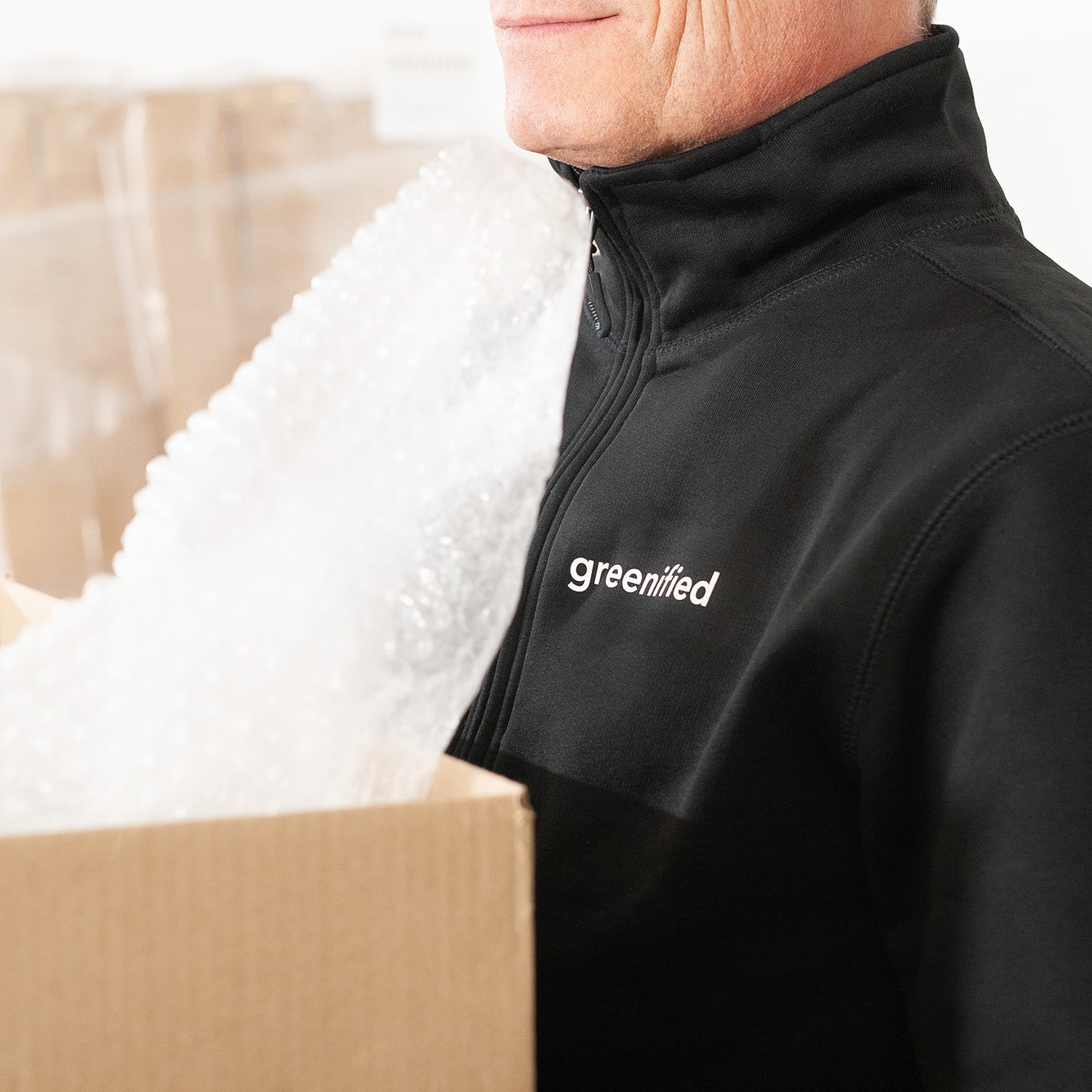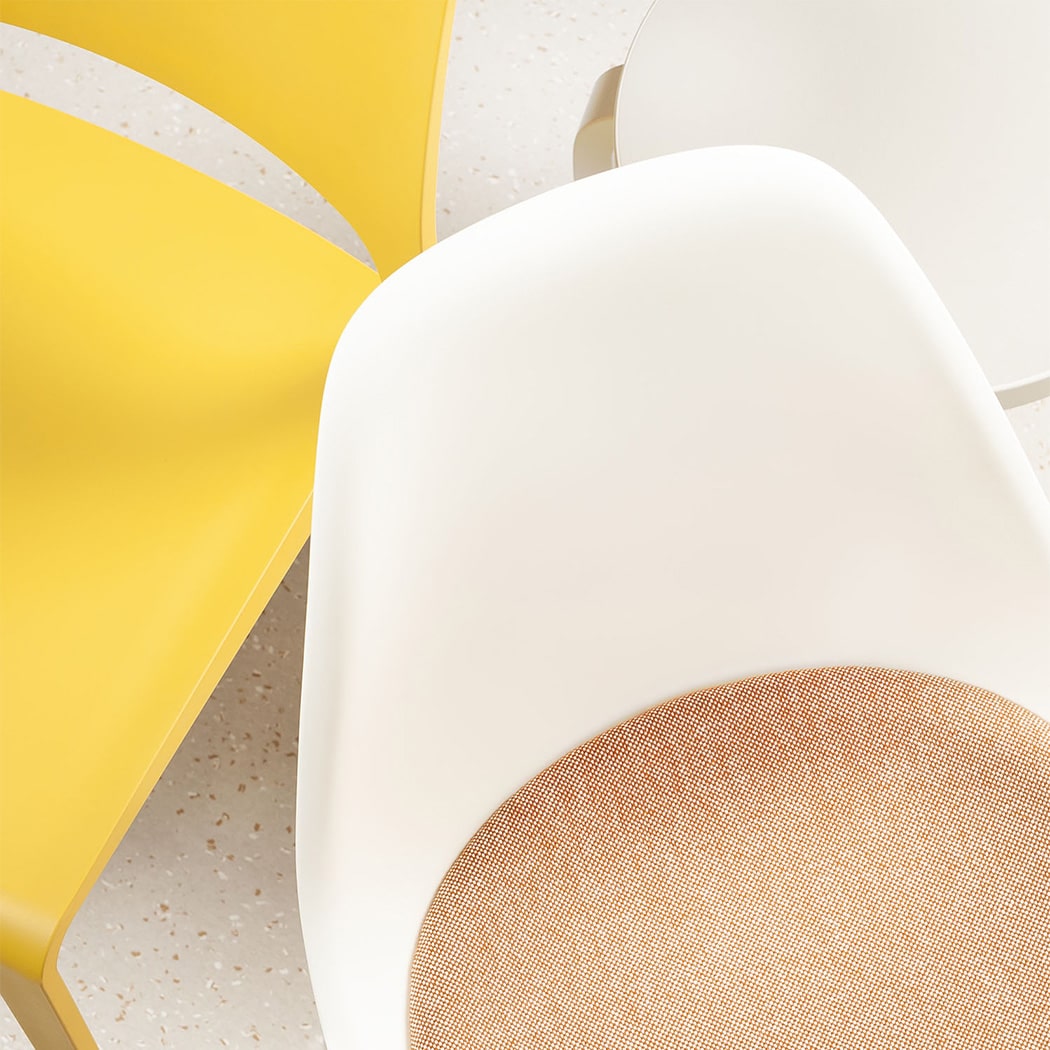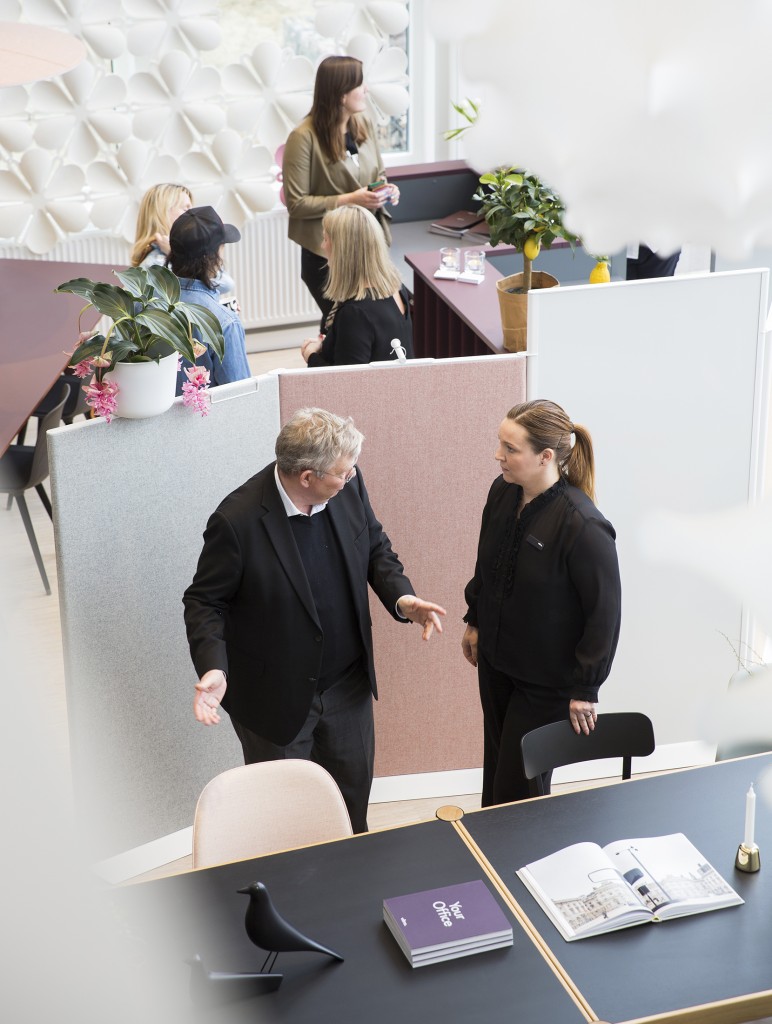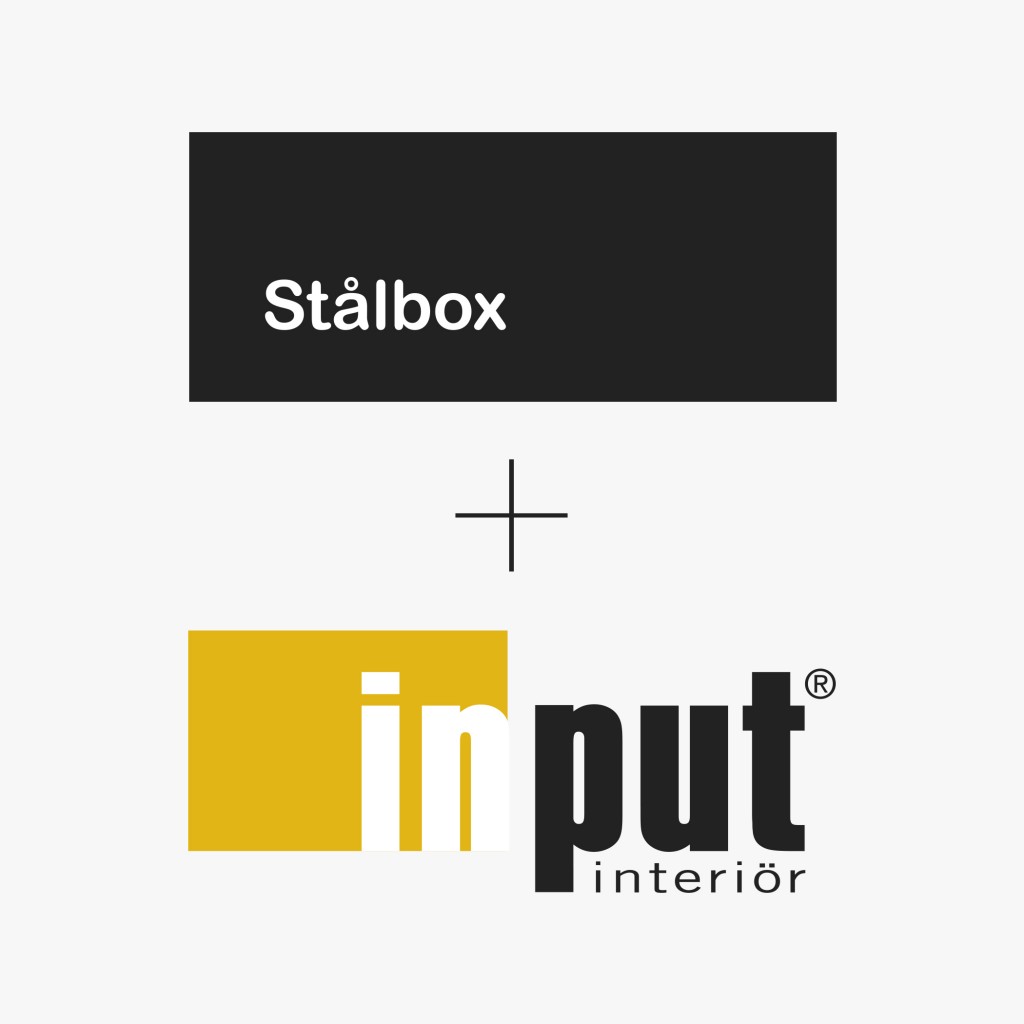New values for older interiors
Improved logistics, new technology and a changed mindset are contributing to an increasing number of companies and organisations opting for recycled interiors when it comes time to relocate or renew their premises.
“Our turnover for recycled interior furnishings has increased sharply in the past 5 years. There is huge potential within this field, and with major players as role models this will increase further,” says Mille Milehem, COO at Input interior.
Increased interest in re-use
Over the past five years Input interior has noted increased interest in reusing interiors and furniture, within both private businesses and public operations. The proportion of re-use in projects can vary. During the autumn, Telia chose to reuse a full 86 per cent of its existing interior furnishings at its new office, with 700 workstations, in Luleå. Fast-forward to the spring and work is under way to complete SEB’s new head office in Solna, another project where some of the existing furniture has been given a new lease of life in new premises.
“Several years ago, many people were talking about what should be done. Now there’s less talk and more action. Even though reused furniture still only accounts for a small share of our total turnover, just over SEK 30 million, it is significantly more than five years ago,” says Mille, and continues:
“In a fast-paced labour market, companies’ interior needs often shift long before the furniture deteriorates in quality. This represents huge waste, scrapping furniture as soon as needs change. Both private companies and public enterprises have begun to take action. Recycling requirements have become more common in public procurement processes in the last few years. In Region Skåne we promote re-use, for example, and provide services involving refurbishment and reupholstery.”
A new mindset and an updated range of services
The increased demand partly reflects a new mindset among companies and their staff, as price is no longer the foremost reason for reusing interior furnishings.
“Clients do understand that re-use will not necessarily be cheaper than new furniture. Logistics and manual input cost money; sometimes it’s cheaper but not always. Therefore it’s important that something other than price is the governing factor, such as the company’s, the employees’ and the wider world’s attitude to, and responsibility for, the environment and sustainability.”
Improved logistics and new technology may also explain Input interior’s increased volume of re-use projects: for example, efficient and coordinated transport and RFID technology, a kind of tagging and scanning system for products that facilitates inventory and helps to provide an advanced overview that is required for re-use within the framework of office projects involving hundreds of thousands of products. Unique experience from a number of well-implemented large-scale projects also produces a ripple effect.
“We know that we have a unique market position and expertise and can also show curious clients successful reference cases. Positive examples are sometimes required in order to give you that little push you need,” explains Mille.
Challenge with regard to traceability
However, challenges remain to be resolved before the concept can expand further.
“When you purchase something, new or used, you ideally want to know what it contains, especially with large procurements. Used furniture presents a challenge here. Industry initiatives such as 100-gruppen and other projects that focus on circular furniture flows are working to develop commercial solutions. Once an effective industry-wide labelling system to guarantee the quality of used products appears, interest is bound to increase further.”
It’s just over five years since Input interior launched its Greenified brand, a concept that drives and develops the issue of re-use and circular ownership. Hopes are high that the concept can be broadened to also incorporate re-use without circular ownership.
“There is huge potential. We have thousands of clients who all have products, new needs and a desire for renewal. There is more to be done. It’s largely a question of us, the interior design groups positioned between client and manufacturer, pushing and guiding clients to make good and sustainable choices. I believe that we should be inspired by the private market, where the second-hand market deals with quality products in a much better way and turns over large totals every year. It needs to be easy to make the right choice,” concludes Mille Milehem.



















